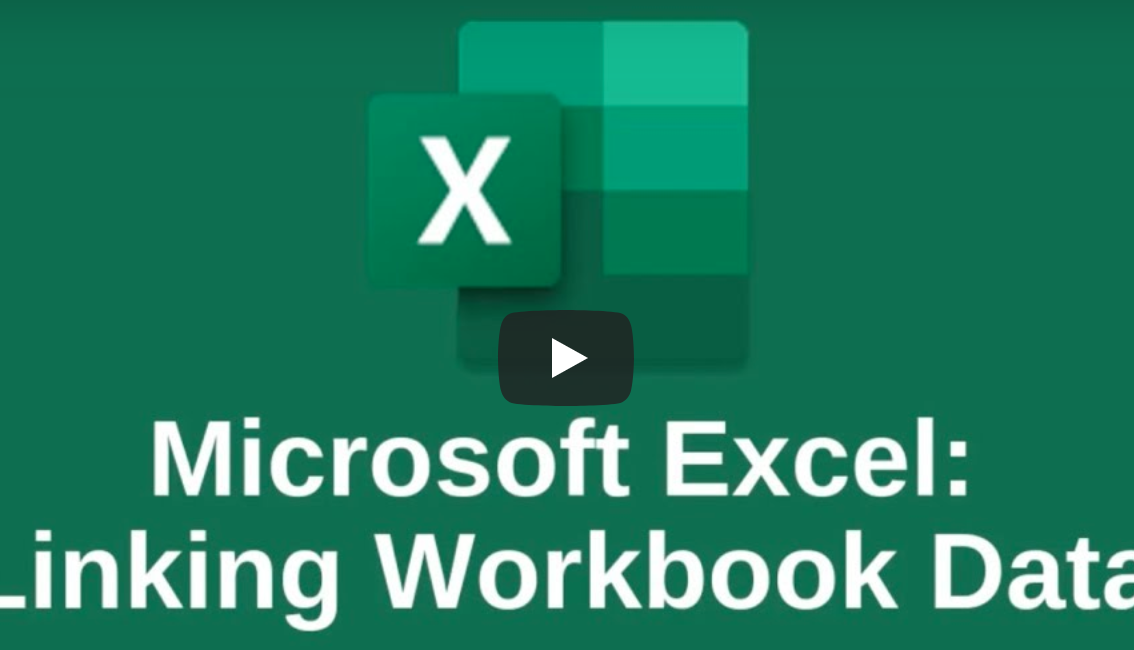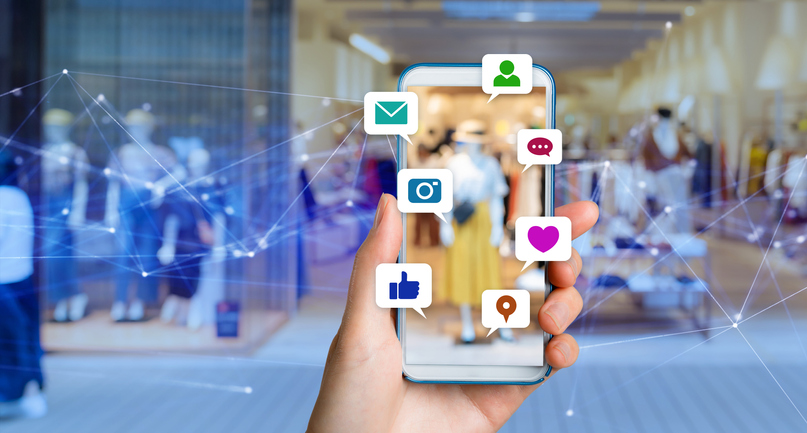Downtime is bad for business.
Whether you agree or not, it’s a fact – just a couple years ago, small businesses with up to 50 million in annual revenue reported that just a single hour of downtime cost them $8,600.

Why Does Downtime Cost So Much?
The main cost of downtime is not the fix itself, it’s the halt in your business’ productivity. If an IT-related or natural disaster occurs and takes critical systems offline, employees will be unable to complete their tasks, yet your normal business expenses will carry on.
During that time, you incur all the expenses of running a business without the revenue you would usually generate. Even if downtime does not grind everything to a halt, some of your staff will have to divert themselves from their normal work to mitigate the problem – again reducing productivity. Furthermore, while your systems are down, you can’t deliver services or sell products to current and potential new clients.
Not all of the costs associated with downtime have a tangible price tag. The trust of your clients and the reputation of your company are invaluable assets that can erode with prolonged or frequent downtime issues. A diminished reputation can negatively affect your future business opportunities.
Some downtime is inevitable, but much of it can be prevented and mitigated.
What Are The Primary Causes Of Downtime?
- Power Outage: If your power source fails, that can lead to a long list of complications like servers going down and lost, unsaved data.
- Cybercrime: Cybercrime has increased in recent years and is still on the rise. All it takes is one employee opening a malicious attachment and your business data could be held hostage.
- Human Error: Accidentally unplugging key equipment, overloading the system, and improper installations can all cause downtime, but maintaining certain policies and procedures can cut down on human error.
- Natural Disasters: Hurricanes, tornadoes, floods, and earthquakes happen. Having a plan for getting back to business if the unthinkable happens is the fastest way to recover.
What’s The Best Way To Prevent Downtime?
…by stopping it in the first place.
The best way to approach downtime prevention is proactively – you need to keep an eye out for system issues that can spiral into total stoppages. You need to implement backup technologies and best practices to prevent outages. You need to enhance your cybersecurity to protect against cybercrime.
Unfortunately, that’s a lot for you to handle on your own, especially when have other work to see to. That’s why a managed IT services company can be so helpful. They’ll provide 24/7 active monitoring of your systems, business continuity best practices and cybersecurity services that will keep costly downtime at a minimum.










